Rewilding, with its promise to bring back some wildness to landscapes, is attracting both excitement and controversy in the UK. But could rewilding in the UK simply cause more damage to biodiversity elsewhere?
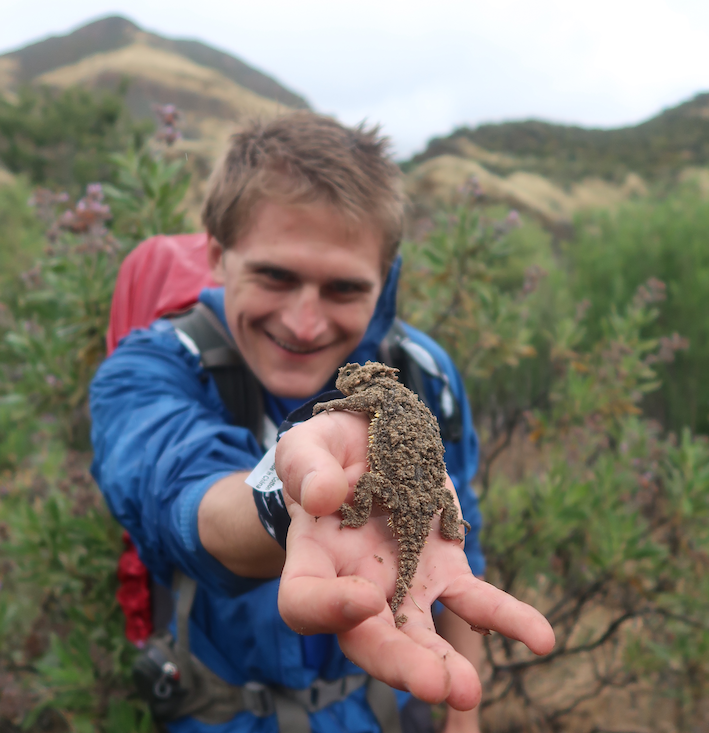
Dear Alec and Ben
Rewilding. Exciting, revolutionary, controversial… but is it any good? Or, might it actually have a negative impact on global biodiversity? Given WWF’s interest in the impacts of the UK’s farming and conservation patterns on nature both domestically and abroad, as shown in your excellent report Land of Plenty, I’d like to understand more about how you think about rewilding and its potential knock-on effects.
Firstly, what is rewilding? Part of the problem with understanding its impacts is that there is such a range of definitions1. We’ve not got enough space to dig into that debate, but I’ll assume that we are talking about something other than ‘conventional’ conservation: not the use of agri-environment schemes to leave field margins or plant hedgerows2 and not the intensive management of small nature reserves3. Instead, I’m talking about the removal of much human management over areas large enough to maintain functional ecosystems4. The thorny issues around species introductions and reintroductions I will leave for another day5.
Rewilding has been greeted with particular excitement (and controversy) in the UK6 because our landscapes are so heavily modified and managed and because UK biodiversity is in a terrible state and continues to decline7. Given that many conventional conservation approaches don’t appear to be working8, it’s understandable that rewilding, with its promise to bring some wildness back to both people and nature, is so appealing.
As more and more people talk about rewilding in its different forms, and as it starts to become a reality in the UK, I am concerned that we haven’t thought things through properly. Other people have discussed in detail the local impacts on people and biodiversity9, but conservation of any kind will also have impacts further afield—what an economist might call externalities. Rewilding, through its emphasis on reduced human intervention and large scales of operation could have particularly substantial externalities by displacing food and timber production overseas.
Most of the UK is managed in some way: from intensive cropland to forestry plantations10. If we try to bring biodiversity back into these landscapes then the yields—the amount of food or timber produced per hectare—are going to decline11. How big a drop this is will vary depending on exactly what you are doing, but the very principles of rewilding that make it so exciting—that removal of management and the large areas demanded—mean it is likely to result in some big reductions in production. Put simply, if rewilding takes off in a big way in the UK, then the UK is going to produce less food and less timber than it currently does. And this could be a big problem, because unless rewilding somehow reduces our consumption of these products, then we are going to have to increase our imports. This in turn is going to lead to the expansion of agriculture or plantations overseas.
Agricultural land-use change is already the greatest threat to biodiversity12 and over the coming decades it is likely to drive huge biodiversity declines, particularly in the tropics13. To give thousands of species any chance of survival, we need to minimise the amount of agricultural expansion in high biodiversity countries, and focus farmland on supplying the needs of people living in those countries14. My concern with rewilding in the UK is that, while it may lead to biodiversity gains here, there is a real risk that it will do so at the expense of natural habitats elsewhere.
Two factors make this possibility particularly worrying. Firstly, the UK is really good at producing food – both crops and livestock! Agricultural yields are high, and many environmental costs per tonne of food actually quite low15. In contrast, many countries we import from have relatively low yields16, so that every hectare of farmland lost in the UK could require several hectares overseas to replace it. Secondly, the UK is relatively unimportant for global conservation. There are some important populations of some species, but for the most part our landscapes—as much as I love them—hold relatively few species, and those we have are not globally threatened17. Again this is in contrast to many of the countries that provide us with food, which hold more species, many of which are endemic or globally threatened18.
I’m not saying we shouldn’t advocate for rewilding in the UK, but given the enthusiasm in WWF and other conservation organisations for rewilding, I worry that there is a chance that it will take off before we have a good enough understanding of its impacts. WWF’s remit is obviously global, so I would like to better understand how you think about the issue of offshoring production and what steps you are taking to ensure that global biodiversity is protected.
Best wishes,
David
1. Lorimer et al. (2015), Rewilding: Science, Practice, and Politics; Gammon (2018), The Many Meanings of Rewilding: An Introduction and the Case for a Broad Conceptualisation; Fraanje and Garnett (2022), Rewilding and its implications for agriculture
2. Kleijn et al. (2011), Does conservation on farmland contribute to halting the biodiversity decline?
4. Pettorelli et al. (2018), Making rewilding fit for policy
5. Svenning et al. (2015), Science for a wilder Anthropocene: Synthesis and future directions for trophic rewilding research
6. Feral by George Monbiot; Rewilding Britain; Wynne-Jones et al. (2018), Abandoning or Reimagining a Cultural Heartland? Understanding and Responding to Rewilding Conflicts in Wales - the Case of the Cambrian Wildwood
7. UK Biodiversity Indicators 2021; State of Nature 2019
8. Davey et al. (2010), Assessing the impact of Entry Level Stewardship on lowland farmland birds in England; UK Biodiversity Indicators 2021
9. Wynne-Jones et al. (2018), Abandoning or Reimagining a Cultural Heartland? Understanding and Responding to Rewilding Conflicts in Wales - the Case of the Cambrian Wildwood; Perino et al. (2019), Rewilding complex ecosystems
10. UK Centre for Ecology & Hydrology Land Cover Maps
11. Balmford (2021), Concentrating vs. spreading our footprint: how to meet humanity's needs at least cost to nature
12. Tilman et al. (2017), Future threats to biodiversity and pathways to their prevention; Tilman and Williams, Preserving global biodiversity requires rapid agricultural improvements | Royal Society
13. Tilman et al. (2017), Future threats to biodiversity and pathways to their prevention; Williams et al. (2020), Proactive conservation to prevent habitat losses to agricultural expansion
14. Tilman et al. (2017), Future threats to biodiversity and pathways to their prevention; Williams et al. (2020), Proactive conservation to prevent habitat losses to agricultural expansion
15. Balmford et al. (2018), The environmental costs and benefits of high-yield farming; FAOSTAT
16. FAOSTAT

Dear David,
Thank you for your thoughtful letter. At WWF, we’re trying to work out how to address what we call the ‘Triple Challenge’1 of recovering nature, tackling climate change, and producing high quality sustainable food. So this discussion is right up our street!
As you say, discussion of rewilding has a habit of becoming controversial and polarising, and we really don’t think it needs to be. So I will begin with where I completely agree with you.
You’re right to say that ‘rewilding’ is a broad term without a universally agreed definition. I think part of its power is that it captures the imagination of a wide range of different people, but that diversity can lead to conflict and confusion. There are some unifying principles within rewilding, though, particularly the idea that nature should be enabled to take the lead, sometimes called ‘non-human autonomy’.2
You’re also right to identify that rewilding has generated excitement because it offers hope. For generations raised on stories about the perpetual decline of nature, it provides much needed optimism. More than that, it is founded on sound ecological science. In part, it represents a shift in ecological thinking away from the idea that nature is in delicately balanced equilibrium, towards an understanding that nature is continually changing and dynamic.3
You’re right, of course, that almost all the UK is managed in some way. In the Anthropocene, we recognise that nowhere is beyond the reach of human impacts, especially not the UK where people have lived as part of nature for thousands of years.
Finally, you’re absolutely right to be concerned about the risk of offshoring our impacts to other countries. We’re concerned about that too. Avoiding offshoring is a central principle of our approach to meeting the Triple Challenge in the UK.4 Indeed, it’s one of the reasons we highlighted the impacts of things like imported animal feed and fertiliser in our Land of Plenty report, which aren’t considered in UK climate accounting for agriculture and land use.5
So given all that, why do we think ‘rewilding’ thinking might have something to offer in recovering nature, tackling climate change, and meeting human needs?
First and most importantly – contrary to much of the debate, we don’t think rewilding should be a binary thing that you either do or don’t do. In our opinion, it is more helpful to think about it as a set of principles that you can apply in different ways in different places, depending on what is most appropriate.
These principles include: more dynamism, so that nature isn’t seen as static and unchanging; lower management, so that nature is managed less intensively; more flexibility, so that we’re more tolerant of uncertainty and don’t try to control every outcome; and larger scale, so that natural processes can operate across big areas of land, rivers and seas. For us, the involvement of people is also a core principle – humans are not separate from nature but an integral part of it.
If you dialled up all these principles to the maximum, then you would get to the kind of rewilding that is often presented in the media – large areas of unfarmed ‘wild’ land.
That might be appropriate in some areas, but in most of the UK we wouldn’t expect to dial these principles up to the maximum. In most places there are other important land uses – especially farming – that should absolutely continue.
But that doesn’t mean rewilding thinking has nothing to offer in those places. Rather than asking whether to ‘do’ or ‘not do’ rewilding, we could instead ask whether it is beneficial to dial up any of the rewilding principles.
If rewilding is thought about like this – a spectrum rather than a black-or-white decision – then it isn’t any longer a choice between either food production or rewilding, but rather whether it is possible to integrate rewilding approaches into a mixed, productive landscape.
This thinking relates to a second point: the choice between farming and rewilding is a false dichotomy, because delivering both food production and nature recovery is not a zero-sum game. Far from negatively affecting food production, nature recovery is essential for food production in the long term. Clean water, healthy soils, flood protection, pollination – farmers know that they rely on nature to produce food. Without nature it becomes very expensive to fertilise crops and prevent pollution.
On that basis, it makes sense to integrate some elements of rewilding in any given landscape, as part of maximising its productivity in the long term. That will look different in different places – it could involve increasing woodland in some places, or free-range ‘naturalistic’ grazing in others, or restoring wetlands. Wherever you are, it is likely that there will be space to apply rewilding principles in some way that will improve conditions for farming in the area.
Third – while you are right that there are areas of the UK where agricultural productivity is high, there are also places where productivity is lower. 60% of our production comes from just 30% of our land, and the least productive 20% of land in England provides just 3% of our calories6. A lot of land isn’t used for food production at all. In places where food production is low, it is possible that farmers and other landowners may choose to adopt rewilding-type approaches as part of their business model – with financing becoming available from both public and private sectors.
That choice should be made by rural and farming communities themselves, taking into account the importance of protecting the cultural heritage of farmed landscapes. But if some people in those communities choose to dial up rewilding-type principles on their land as part of their business, then it will have a negligible effect on food security and little risk of offshoring impacts.
Of course, to make this work and avoid offshoring impacts, our production and consumption will have to add up. We think that is possible and indeed vital. Alongside supporting production of high-quality meat from regenerative systems, this would include increasing the proportion of affordable plant-based and seasonal foods in people’s diets, repurposing some of the land currently used to grow crops for feed and fuel, and reducing our (very high) levels of food waste. We do not reach our goals by focusing on production alone, let alone rewilding. Perhaps we can go into some of these issues in more detail in future letters: I’d be interested to hear your perspective.
Best wishes,
Ben and Alec
1. Baldwin-Cantello, W. et al. (2020), Triple Challenge: synergies, trade-offs and integrated responses to meet our food, climate and biodiversity goals, WWF-UK
2. Prior, J. and Ward, K. J. (2016), Rethinking rewilding: A response to Jørgensen
3. W.M. Adams, When nature won’t stay still: conservation, equilibrium and control, in W. Adams, M. Mulligan (Eds.), Decolonizing Nature: Strategies for Conservation in a Post-colonial Era, Earthscan, London (2003), pp. 220-246
4. Taylor, A. (2022), Land of Plenty: A nature-positive pathway to decarbonise UK agriculture and land use, WWF-UK
5. For example 2019 UK Greenhouse Gas Emissions, Final Figures
6. Spiers, S. (2022), Farming reform is a big post-Brexit prize we should be careful not to lose, Inside Track blog by Green Alliance

Dear Alec and Ben
Thank you for the letter—plenty of food for thought and again, we agree on a lot of things! In particular, I think there is an acknowledgement that conservation in the UK isn’t really working to support nature or its recovery, and that we need to tackle consumption if we’re going to really reduce the UK’s food footprint (“foodprint”?).
Having said that, I have my doubts over whether the dichotomy between rewilding and food production really is “false” as you say. If it isn’t, then my concerns still stand.
My reading of your reply is that you acknowledge that there is trade-off between rewilding and food production: it may not be a pure dichotomy, but if we crank rewilding right up, then we won’t produce food; if we have no rewilding at all then we have lots of food but little biodiversity1. I also hope I’m not misrepresenting you by saying you suggest that we could encourage what I’ll term “low-level rewilding” (not dialling those principles right up much) in highly productive areas in order to minimise food losses, and then have more ambitious projects in less productive regions. Let’s have a look at those two situations.
The first big question for low-level rewilding is whether it can ‘pay for itself’ in terms of food production: will the benefits that nature provides outweigh the need to remove some land from production? I think it’s important to focus on food here, rather than money. You rightly say “without nature it becomes very expensive to fertilise crops and prevent pollution”, but nature isn’t necessarily free: we may pay for it with reduced food production. If so, then we’re back to my original concern about offshoring food production.
Unfortunately, the evidence that giving over land to nature benefits overall food production is very limited, even for conventional approaches. There are great examples of careful management bringing in nature and boosting or maintaining production2, but very little at large scales. A key issue is what land is rewilded: if yields vary a lot across farms then you can turn low-yield land over to nature at a minimal cost. But if yields vary over larger scales (and so are more even across individual farms) then taking land out of production will “cost you” a lot more food. Individual farmers will know this about their own land, but I do not believe these data exist for the UK as a whole.
Given this, I would argue that we currently simply do not know what the impacts of even low-level rewilding would be on UK food production, meaning we should be very cautious about promoting it. What’s more, I also don’t believe there is much evidence to suggest this approach will bring about many benefits to biodiversity. Widespread evidence shows that we need large areas of intact habitat to bring real benefits to the majority of species. Farmland conservation can benefit farmland species to some extent3, but these benefits do not extend to wider biodiversity1, and even many of these ‘farmland’ species actually need big areas of often very low-yield land to really flourish4–6.
A final question on this ‘low-level rewilding’ is whether or not it out-performs more conventional approaches for both people and biodiversity. Riparian buffer strips may improve water quality7, reduced-till agriculture can reduce soil erosion8, flower strips can promote pollinators9 (although <9% of UK agricultural land requires pollination, so this is unlikely to be a major benefit), non-crop habitat helps birds10 and so on. The shortcomings of existing agri-environment schemes seem likely due to their limited scale, not their fundamental approach11. Will low-level, small-scale rewilding really perform better?
All of which leads on to more ambitious, larger scale rewilding where we dial your principles right up. My original concern is that this sacrifices a lot of food production, but you argue that this more ambitious rewilding could be focused on low-productivity regions, thus minimising the cost. Focusing on the 20% of land that produces only 3% of our calories sounds sensible (leaving aside the cultural issues this could induce12), but I don’t think it avoids the problem entirely. 3% of the UK’s calories remains an enormous amount of food13, and offshoring this could have devastating consequences elsewhere in the world14. In addition, the variation in agricultural yields follows agro-ecological zones15. Put simply, that low-yielding 20% of land is largely in the uplands, and largely produces lamb and beef. These foods have notoriously high environmental impacts16, but the UK is actually really quite efficient at producing them relative to other regions—their impacts will likely increase if we offshore them. Is this really the production we want to be exporting?
This agro-ecological concentration is also likely to limit the biodiversity benefits of such rewilding. This land will often be semi-natural, and so there will be limited benefits to rewilding it. There could even be negative impacts on the species that thrive in these uplands (e.g. the Eurasian curlew Numenius arquata, with UK supporting approximately 25% of the global population), and the majority of UK species that are restricted to lowlands won’t benefit at all. To really boost the UK’s biodiversity, we would need to restore habitats across a range of ecosystems, many of which would be replacing more productive agricultural land.
Given all this, we seem to be back at square one, with a choice of trying to minimise impacts on food production, but necessarily limiting our biodiversity benefits, or maximising biodiversity gains but displacing a lot of food production.
Best wishes,
David
1. Balmford, A. Concentrating vs. spreading our footprint: how to meet humanity’s needs at least cost to nature. Journal of Zoology 315, 79–109 (2021).
2. Pywell, R. F. et al. Wildlife-friendly farming increases crop yield: evidence for ecological intensification. Proceedings of the Royal Society B: Biological Sciences 282, 20151740 (2015).
3. Redhead, J. W. et al. The effects of a decade of agri-environment intervention in a lowland farm landscape on population trends of birds and butterflies. Journal of Applied Ecology 59, 2486–2496 (2022).
4. Feniuk, C., Balmford, A. & Green, R. E. Land sparing to make space for species dependent on natural habitats and high nature value farmland. Proceedings of the Royal Society B: Biological Sciences 286, 20191483 (2019).
5. Finch, T. et al. Bird conservation and the land sharing-sparing continuum in farmland-dominated landscapes of lowland England. Conservation Biology 33, 1045–1055 (2019).
6. Finch, T. et al. Evaluating spatially explicit sharing-sparing scenarios for multiple environmental outcomes. Journal of Applied Ecology 58, 655–666 (2021).
7. Cole, L. J., Stockan, J. & Helliwell, R. Managing riparian buffer strips to optimise ecosystem services: A review. Agriculture, Ecosystems & Environment 296, 106891 (2020).
8. Change tillage practices - Conservation Evidence. https://www.conservationevidence.com/actions/906.
9. Pollination: Plant flowers - Conservation Evidence. https://www.conservationevidence.com/actions/1406.
10. Create uncultivated margins around intensive arable or pasture fields for birds - Conservation Evidence. https://www.conservationevidence.com/actions/190.
11. Sharps, E. et al. Reversing declines in farmland birds: How much agri-environment provision is needed at farm and landscape scales? Journal of Applied Ecology n/a, (2023).
12. Wynne-Jones, S., Strouts, G. & Holmes, G. Abandoning or Reimagining a Cultural Heartland? Understanding and Responding to Rewilding Conflicts in Wales - the Case of the Cambrian Wildwood. Environmental Values 27, 377–403 (2018).
13. FAO. FAO Stat. FaoStat http://faostat3.fao.org/home/E (2017).
14. Fuchs, R., Brown, C. & Rounsevell, M. Europe’s Green Deal offshores environmental damage to other nations. Nature 586, 671–673 (2020).
15. Defra. National Food Strategy: Evidence Pack. https://www.nationalfoodstrategy.org/wp-content/uploads/2021/08/NFS_Evidence-Pack.pdf#page=40&zoom=auto,-14,31 (2022).
16. Poore, J. & Nemecek, T. Reducing food’s environmental impacts through producers and consumers. Science 360, 987–992 (2018).

Dear David,
Many thanks for another thought-provoking letter. Before responding to specific points it’s probably worth reiterating why we are discussing this issue in the first place…
We are living through a climate and biodiversity crisis.1 The latest Living Planet Report showed an average 69% decline globally in relative abundance of monitored species between 1970 and 2018.2 The UK remains one of the most nature-depleted countries on Earth3 and our biodiversity continues to decline.4
The need to produce affordable, nutritious food is extremely important – which is why WWF frames all our work through the ‘Triple Challenge’. In our attempts to recover nature in the UK, the risk of offshoring our impact is real, and we are acutely aware of it. But let’s be clear – we can’t carry on as we are. Business as usual is not an option. Of course these issues are complex but we can’t avoid them just because they are hard. We know you know this! But we wanted to begin by keeping this context at the front of our minds.
To address some of your specific points – yes, we accept there may in some cases be trade-offs between rewilding approaches and food production, but rewilding is not unique in that respect. There are many competing demands on our land – housing, leisure, non-food crops (for example, to produce energy, fibres, wine or whisky). Any choices about how to use land will likely involve trade-offs, and the question is finding the optimum balance between a number of different desired outcomes. Given the biodiversity crisis, we think rewilding-type approaches need to be part of that conversation.
If there are trade-offs in respect of production, we will also need to look to other levers, including changes in consumption, to make up the difference – particularly through reduced waste, more plant-based foods, and less diversion of crops to feed intensively-reared livestock.5 There will also be opportunities for healthily managed UK seas to take pressure off land resources.
But while we accept there may be trade-offs, we also believe there are likely to be synergies. You acknowledge that there are some great examples where nature has been brought back while maintaining or boosting production. We agree – and we should be looking to deliver many more of those win-wins.
You are concerned that we don’t have evidence of whether it would work at larger scales. But rather than shying away from it, let’s see if we can build the evidence! We are a country whose wildness has been eroded over centuries, with each generation adjusted to an ever-more depleted landscape. Let’s at least try to bring some of that back. The prospect that areas of less productive land can be used for nature – not just at farm level but at landscape level – is what initiatives like the Landscape Recovery tier of the Environmental Land Management (ELM) scheme are designed to explore. There are pilots under way as we write. Maybe the evidence will show unacceptable trade-offs and we will have to rethink – but given the magnitude of the biodiversity crisis we must surely at least try. We return to the fundamental driver of this conversation – the biodiversity crisis both at home and abroad. If we don’t explore these proposals, what is the alternative vision? Business as usual is not an option.
You question whether ‘low-level’ rewilding will out-compete more conventional approaches. Here, we’d reiterate we are approaching the idea of rewilding as a spectrum, within which certain principles (dynamism, lower management, greater scale, more flexibility) are dialled up or down. Within that spectrum, at ‘lower’ levels there will be a lot of overlap between ‘rewilding’ and more conventional approaches. Indeed, we think breaking down the barriers between rewilding and other types of conservation would be a positive thing, because it would reduce the polarisation and conflict that so often becomes unhelpful. On that basis, whether an approach to bringing nature back is labelled ‘rewilding’ or not is immaterial. The important thing is whether it is considering dialling up rewilding principles at all, or not.
You also question whether ‘low-level’ rewilding will bring much benefit for biodiversity in any case. Of course, the benefits to biodiversity are likely to be commensurate with the scale and ambition of the project. That equation forms part of the discussion around how we use our land, and the trade-offs and synergies involved.6 At ‘lower’ levels there will likely be some benefits, as you identify. But to make bigger gains for nature we would likely need to push further up the spectrum in some places. That discussion should take place within the broader context of land use – not just a straight choice between rewilding and food.
On the issue of livestock production and the risk of exporting its impact if we dial rewilding right up: to clarify, we are not arguing that most of the uplands should cease producing meat. In fact, livestock can be an integral part of a range of rewilding-type systems, with domestic animals fulfilling an ecological role previously played by extinct herbivores.7
On this issue, again, the consumption side of the equation is as important as the production side. We are calling for ‘less and better’ consumption of meat and dairy. In this scenario, UK livestock farming would continue to provide high quality, high value meat, through nature-friendly farming or within ‘rewilded’ landscapes, with farmers making more money from producing environmental benefits than maintaining existing stocking densities. Meanwhile, reduction in low-quality, intensively-reared meat would produce both environmental and health benefits. A more extensive livestock system with less supplementary feeding would also reduce demand for animal feed,8 in turn helping to reduce pressure on land use in more ‘highly productive’ lowland areas and reducing demand for imports.
On this basis, a simplified calculation comparing meat production in the UK with the effects of the same production elsewhere is less relevant. Furthermore, you may know that WWF is calling for a set of legally binding core environmental standards, that would ensure that the food we import meets equivalent standards to the food we produce.
Finally, we come back to our opening point. Doing nothing is not an option. Business as usual is not an option. You suggest we are back to square one, but staying there is not an option. Of course it is fiendishly complicated and culturally sensitive. We certainly don’t pretend to have all the answers. But we maintain that carefully and sensitively exploring ways to introduce different kinds of approaches – including some based on applying rewilding principles – has to be part of the conversation. As a concluding question: if it is not worthwhile to explore the role rewilding might play in addressing the biodiversity and climate crises, what alternatives should we be pursuing?
Best wishes,
Ben and Alec
- NATIONS UNIES (ipbes.net)
- lpr_2022_full_report.pdf (wwf.org.uk)
- The realities of UK nature - in pictures | WWF
- State-of-Nature-2019-UK-27-09-19 (nbn.org.uk)
- The Future of Feed | WWF
- People, nature and large herbivores in a shared landscape: A mixed‐method study of the ecological and social outcomes from agriculture and conservation (sussex.ac.uk)
- People, nature and large herbivores in a shared landscape: A mixed‐method study of the ecological and social outcomes from agriculture and conservation (sussex.ac.uk)
- The Future of Feed | WWF
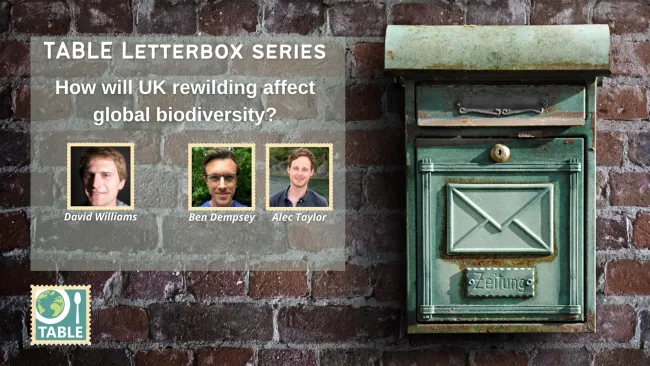

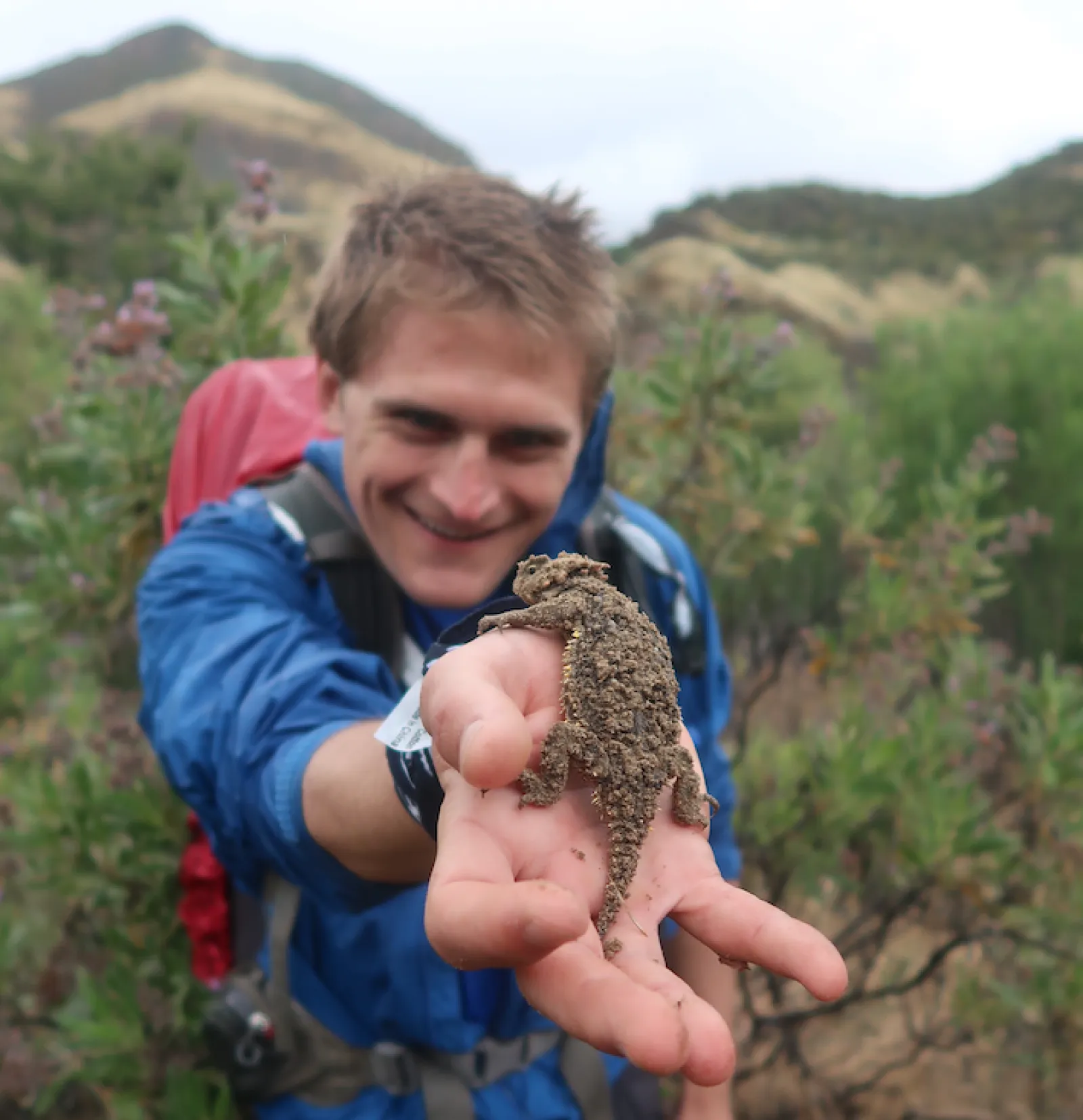

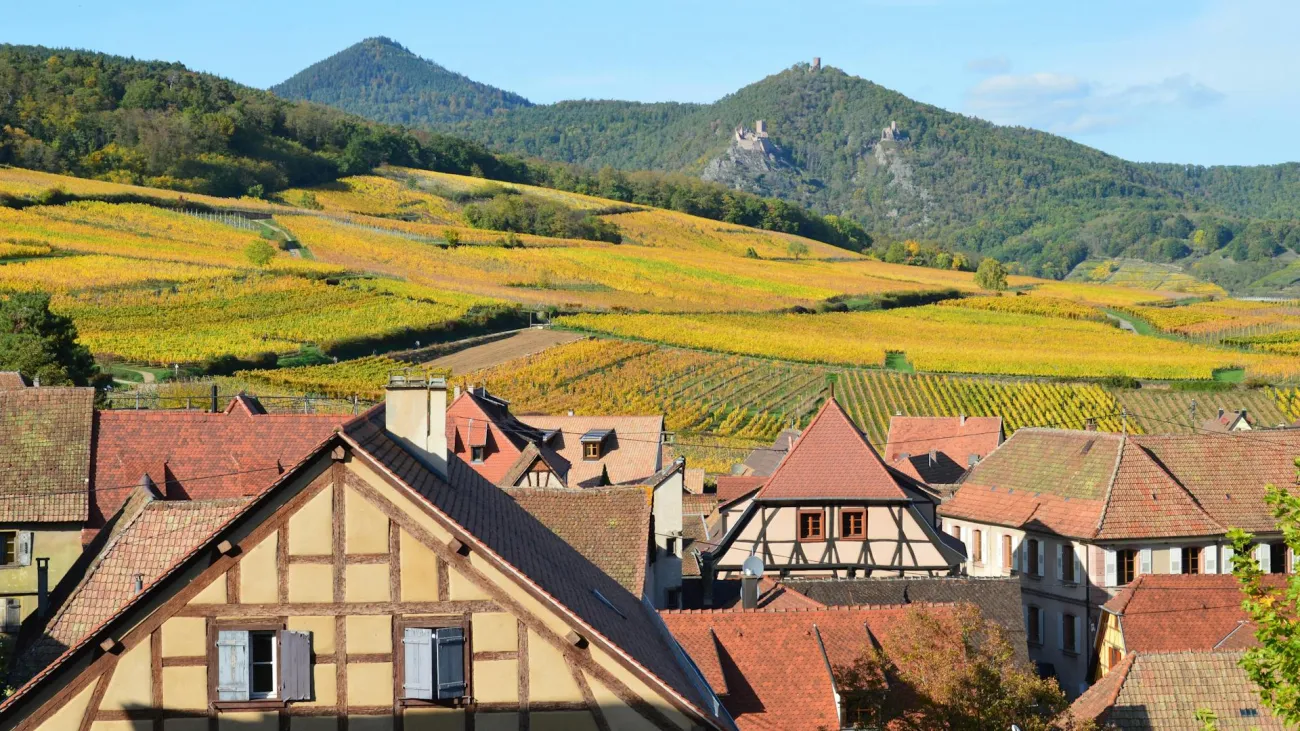

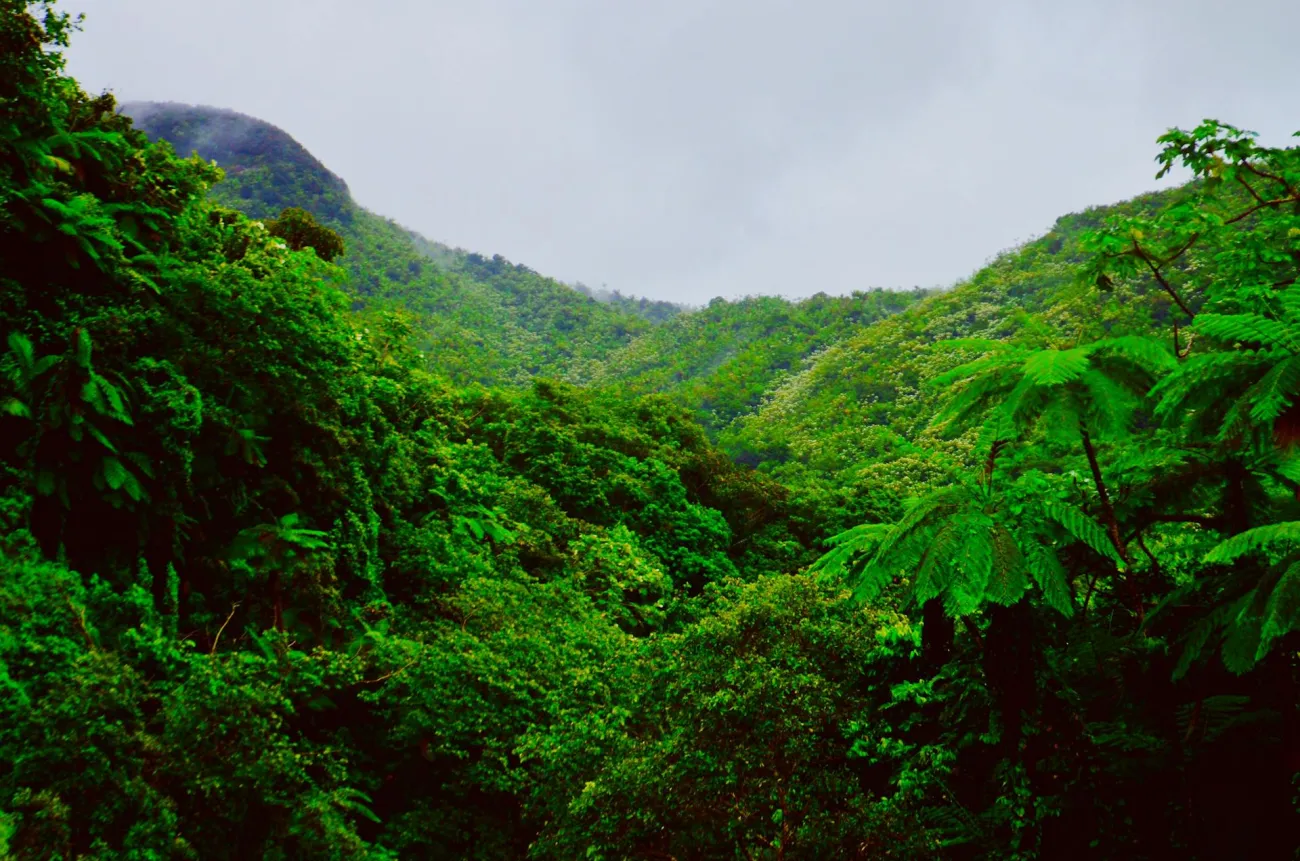
Comments (2)
rob yorke
Curate's egg of desk-top exchanges, as in interesting if a trifle late to the table (food puns intended).
Rewilding and food production are now both mainstream political issues - here rather than in the main media.
There are many more creative ways to frame these competing and complimentary narratives - just without the ideology.
do select (I resisted, cherry-pick) refs from here https://robyorke.co.uk/rural-science/ with a digestible taster of Benton on contested food narratives (2022) and Balmford's footprint paper from 2021
oh and this contextual backstory to some of the issues todays https://robyorke.co.uk/2018/07/rewilding-uk-hidden-meanings-real-emotio…
best wishes
Rob
robyorke.co.uk
Esca luctus melior
Great letter exchange. Thank you to David, Alec and Ben for a very informative and interesting conversation.